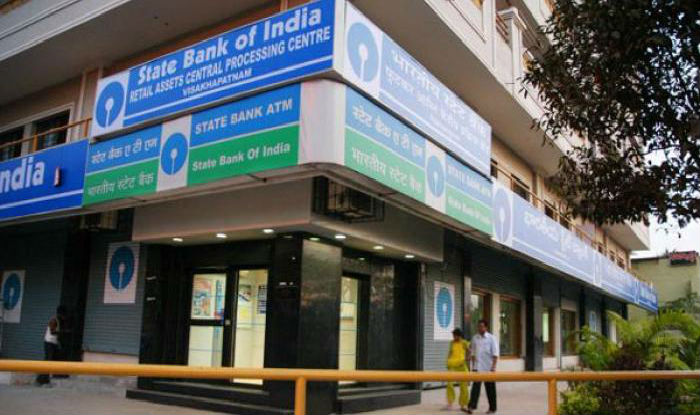
New Blue Coloured Aadhaar Card Launched: How To Apply And Other Key Details
A child's blue coloured 'Baal Aadhaar' card data does not include biometrics information (through fingerprint and iris scans), according to the UIDAI.
The Unique Identification Authority of India (UIDAI) has recently launched a new blue coloured Aadhaar card or ‘Baal Aadhaar’ card for children aged below five years. For enrolling a child for ‘Baal Aadhaar’ card, the...
Read More ->>











 →
→











